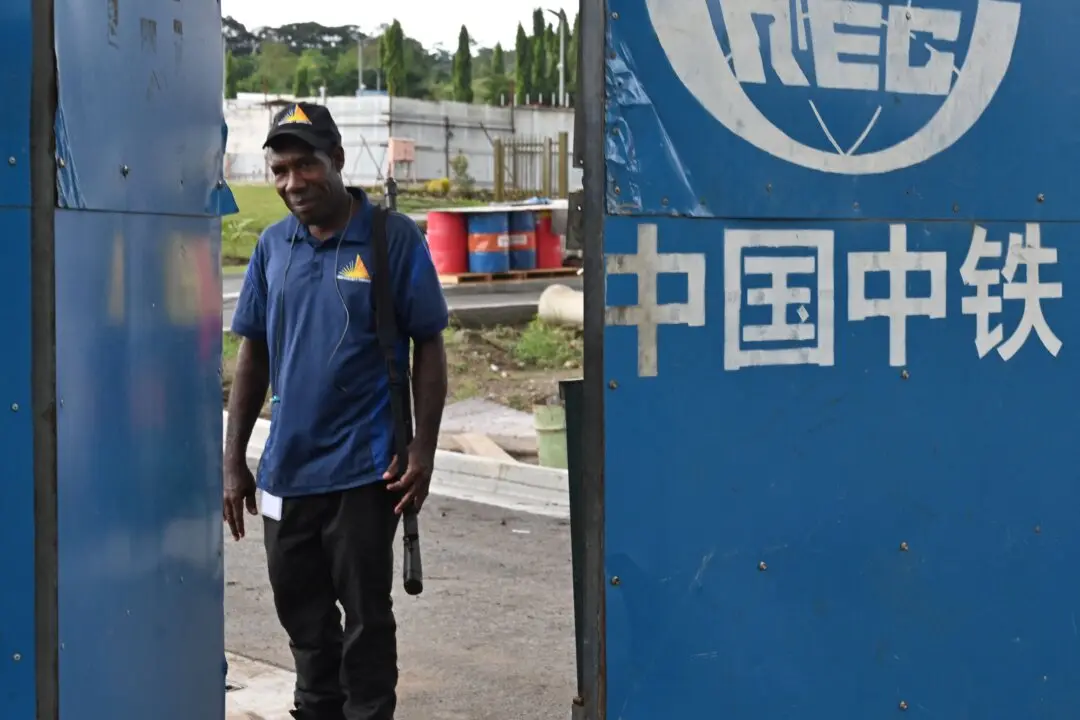Households and businesses in Australia will pay more for electricity and gas in the coming months as energy providers work to deal with soaring wholesale costs.
The latest of the “Big Three” energy providers, EnergyAustralia, announced its price hikes set to affect around two-thirds of its 2.4 million customers on Aug. 1. The other one-third of customers are currently on fixed-rate contracts and are shielded from price increases.




